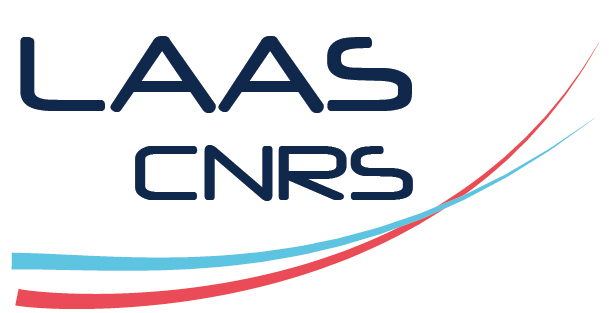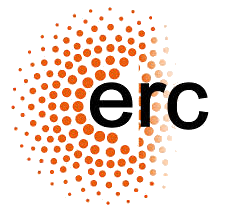Computational Foundations of Anthropomorphic Action (Actanthrope)
Actanthrope intends to promote a neuro-robotics perspective to explore original models of anthropomorphic action. The project targets contributions to humanoid robot autonomy (for rescue and service robotics), to advanced human body simulation (for applications in ergonomics), and to a new theory of embodied intelligence (by promoting a motion-based semiotics of the human action).
Actions take place in the physical space while they originate in the –robot or human– sensory-motor space. Geometry is the core abstraction that makes the link between these spaces. The quest of the project is to explore which geometry would be the best to account for the computational foundations of the anthropomorphic actions. The anthropomorphic body is a complex structure that is both redundant for manipulation tasks, and underactuated for locomotion. Considering that the structure of actions inherits from that of the anthropomorphic body, the underlying intuition is that actions can be segmented within discrete sub-spaces lying in the entire continuous posture space. Such sub-spaces are viewed as symbols bridging deliberative reasoning and reactive control. Acthantrope argues that geometric approaches to motion segmentation and generation are promising and innovative routes to explore embodied intelligence:
- Motion segmentation: what are the sub-manifolds that define the structure of a given action?
- Motion generation: among all the solution paths within a given sub-manifold, what is the underlying law that converges to the selection of a particular motion?
In Robotics these questions are related to the stimulating competition between abstract symbol manipulation and physical signal processing. In Computational Neuroscience the questions refer to the quest of motion invariants. The ambition of the project is to promote a dual perspective: exploring the computational foundations of human action to make better robots, while simultaneously doing better robotics to better understand human action.
A unique “Anthropomorphic Action Factory” grounds the methodology that promotes an engineering perspective to study the two main components of a physical action: locomotion and manipulation. The “Factory” aims at attracting to a single lab, researchers with complementary know-how and solid mathematical background. All of them will benefit from unique equipments, while being stimulated by two challenges on dynamic locomotion and by two challenges involving manipulation capabilities.
Researcher: Jean-Paul Laumond
Host institution: CNRS Paris (France)
Computational Foundations of Anthropomorphic Action (ACTANTHROPE)
ERC Advanced Grant 2014-2018



